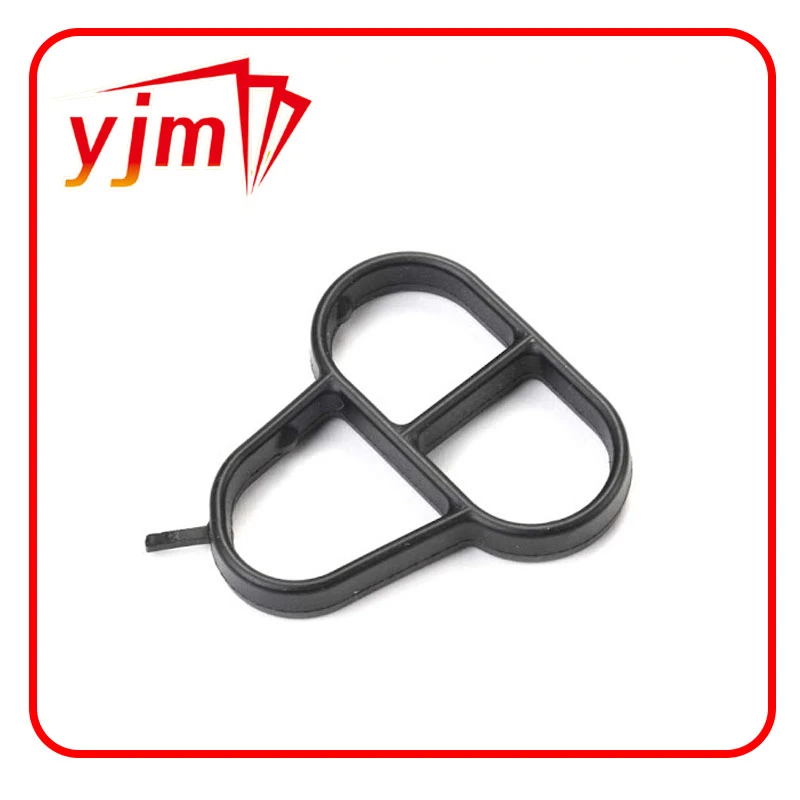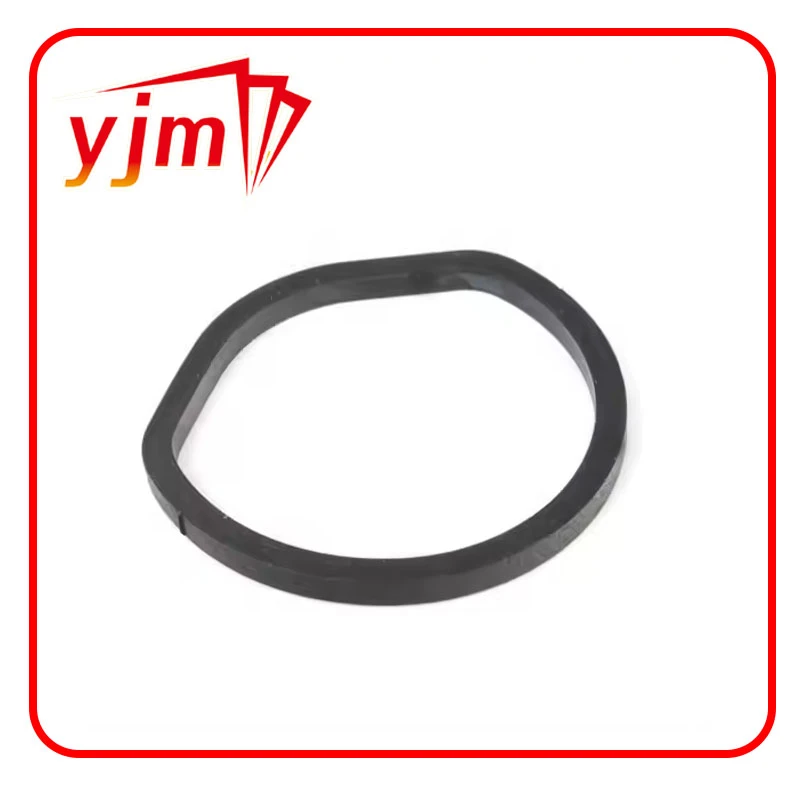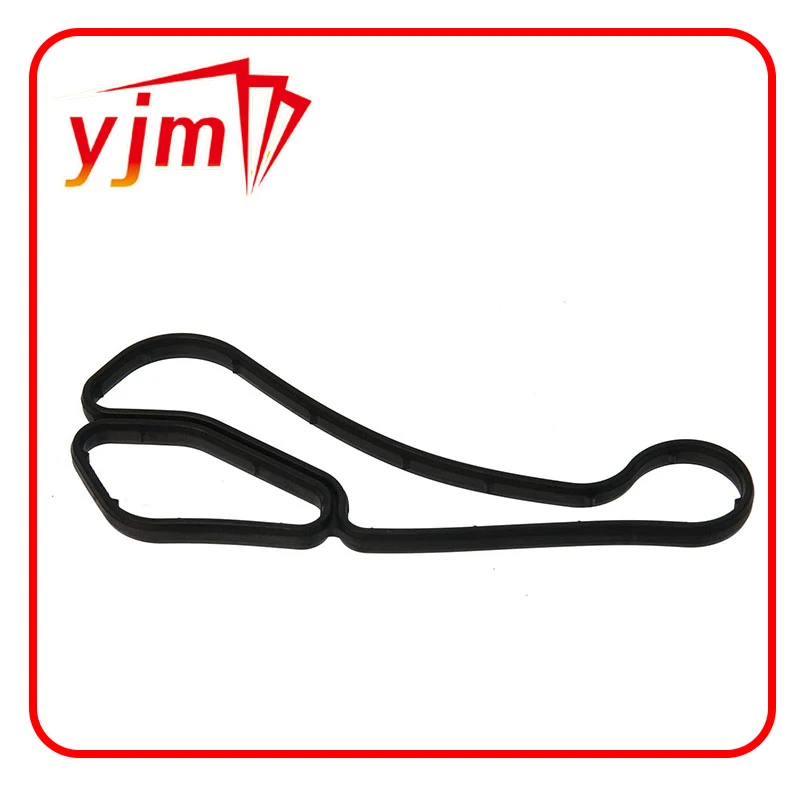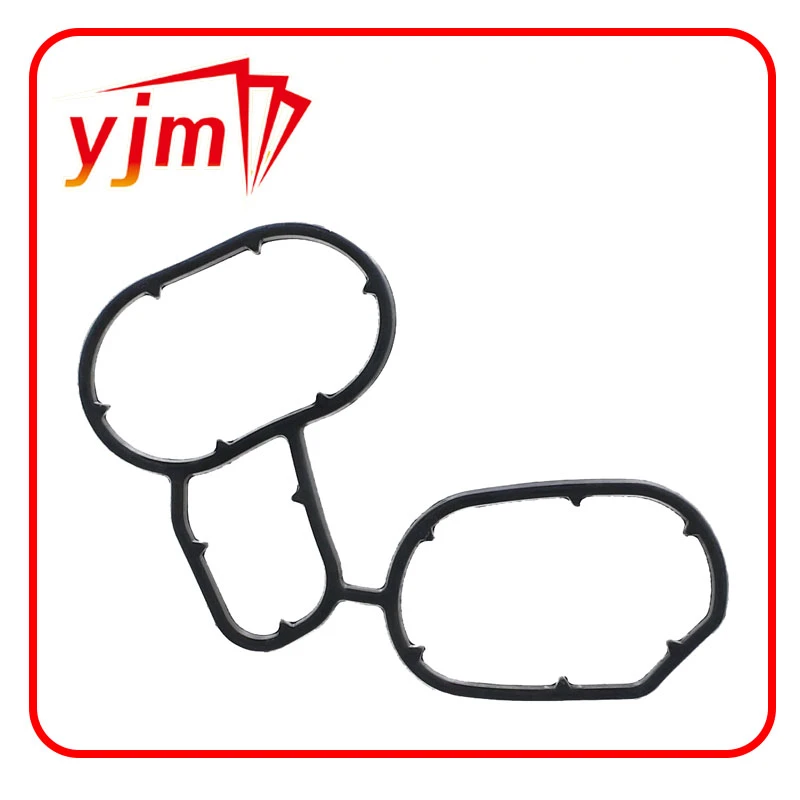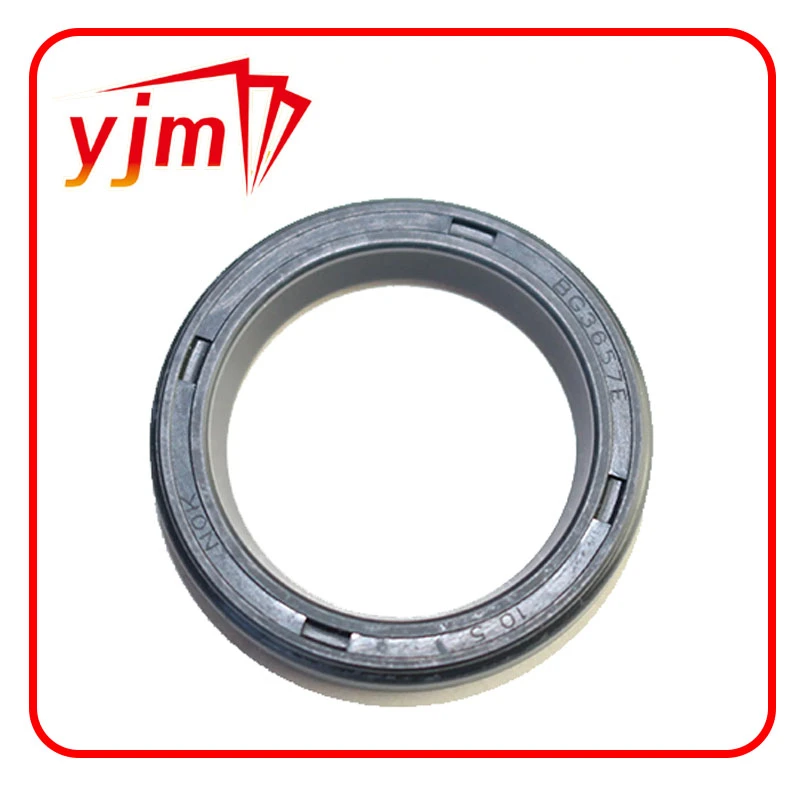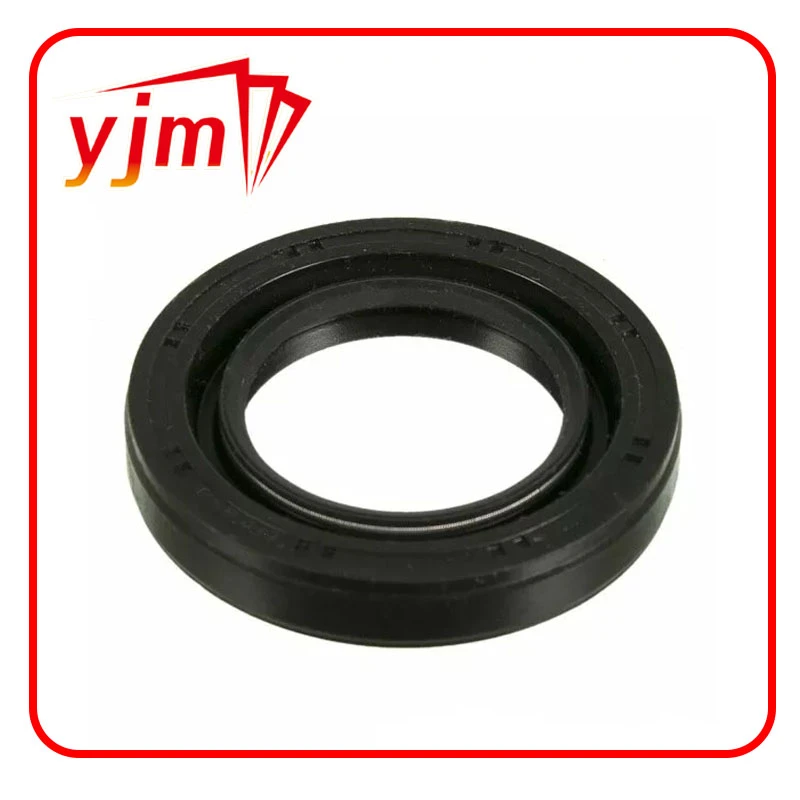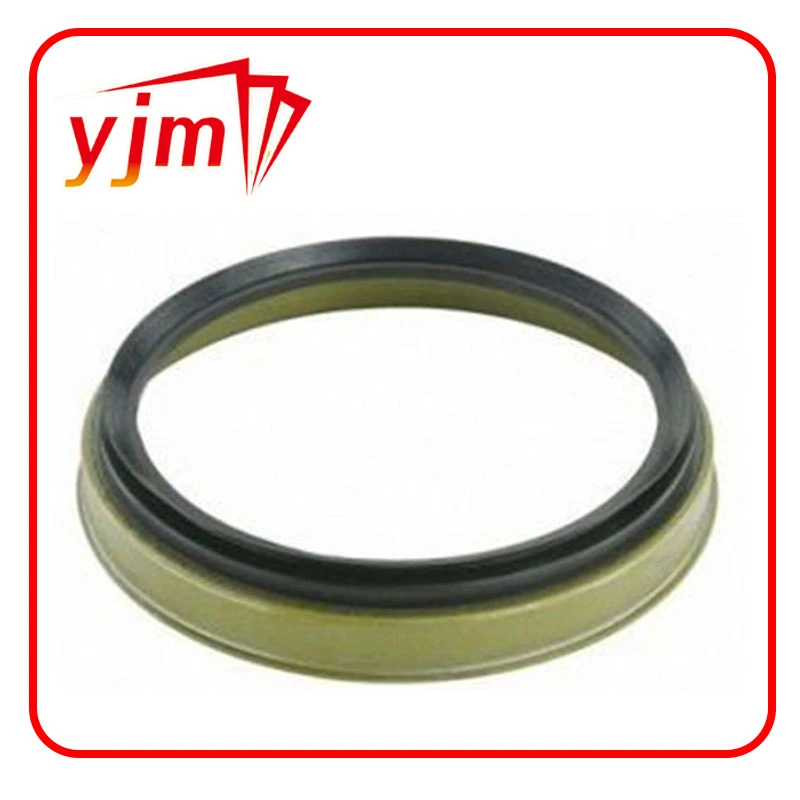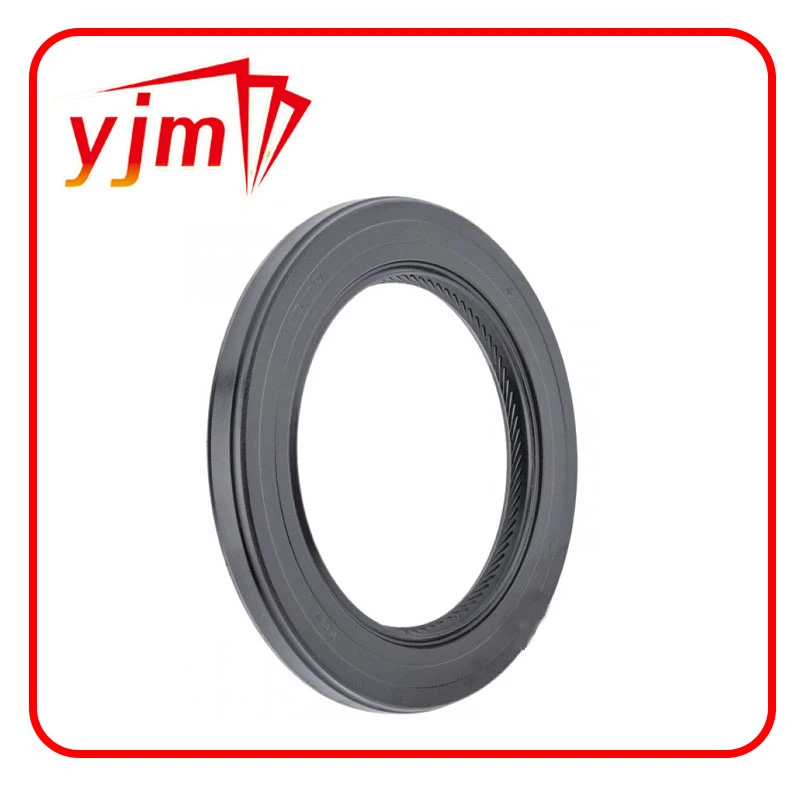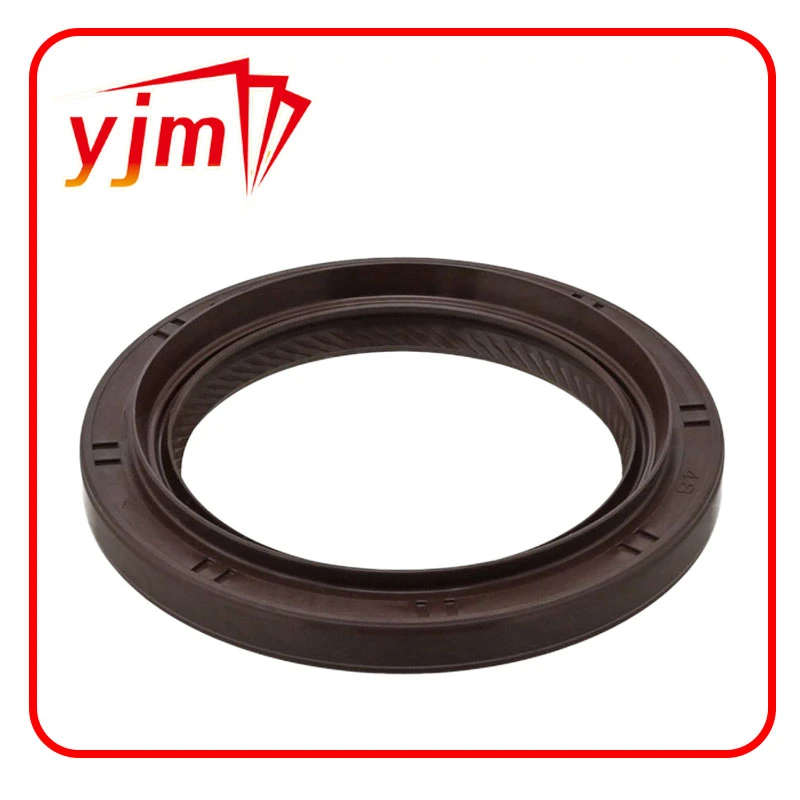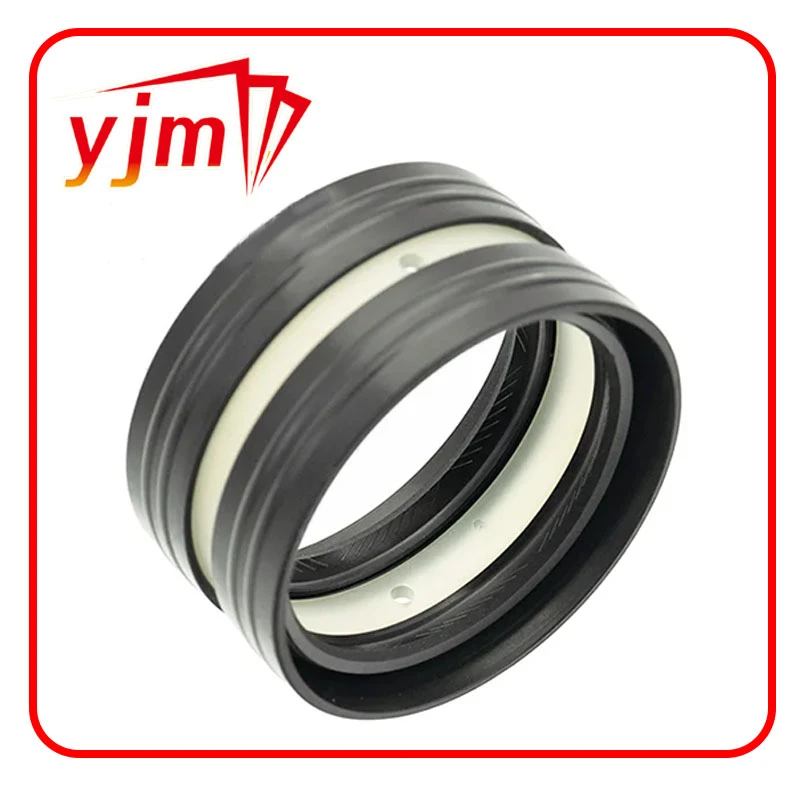The Unsung Hero of Engine Maintenance: Understanding the Oil Drain Plug Washer
Changing your engine oil regularly is one of the most basic yet essential maintenance tasks for any vehicle. But while most drivers focus on oil type or filter quality, there's a small yet vital component that often goes unnoticed: the oil drain plug washer. Also known as an oil plug washer, oil pan washer, or crush washer, this tiny piece plays a big role in keeping your engine leak-free and protected. In this article, we’ll explore everything you need to know about oil drain washers, including types like the M14 crush washer, and explain why replacing them regularly is crucial.
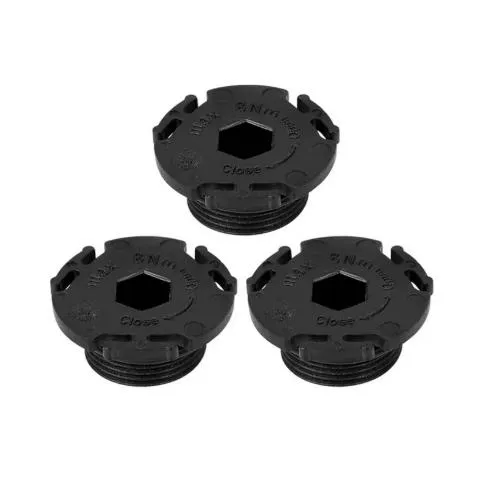
What Is an Oil Drain Plug Washer?
An oil drain plug washer is a small gasket or sealing ring placed between the oil drain bolt and the oil pan. Its main job is to create a tight seal that prevents oil from leaking out after an oil change. Although small, it serves an essential purpose in maintaining oil system integrity and avoiding messes or mechanical damage.
Types of Oil Drain Plug Washers:
Flat Washers: Simple washers made of metal, nylon, or rubber. These are reusable in some cases but may wear out over time.
Crush Washers: These deform slightly when the bolt is tightened, creating a tight seal. The M14 crush washer, for example, is commonly used on vehicles with a 14mm oil drain bolt.
O-Ring Integrated Washers: Combine a metal washer with a rubber or silicone o-ring for a better seal and vibration absorption.
Each washer is designed to fit a specific size oil drain plug and oil pan. Using the wrong size—either too big or too small—can cause improper sealing and oil leaks.
Why the Oil Plug Washer Matters More Than You Think
Although it might seem minor, the oil drain washer performs a key sealing function. Without it, even a well-tightened oil drain plug could allow oil to seep out slowly, leading to low oil levels and potential engine damage.
Key Functions of an Oil Drain Washer:
Seals the Drain Hole: Prevents oil leakage between the oil pan and the bolt.
Distributes Pressure Evenly: Reduces wear on the oil pan’s threaded surface.
Protects Against Over-Tightening Damage: Especially in aluminum oil pans, a washer helps cushion the torque applied to the bolt.
Absorbs Heat and Vibration: Metal or rubber washers help absorb thermal expansion and engine vibrations that might loosen the plug.
Symptoms of a Failing Washer:
Oil drips or puddles beneath the drain plug
Oil residue around the oil pan or bolt
Frequent oil level drops despite proper servicing
A burnt oil smell under the hood
Even the best engine oil won’t help if your system is leaking. Replacing your oil pan crush washer during every oil change is a smart, low-cost preventative measure.
Choosing and Replacing the Right Washer for Your Vehicle
Choosing the correct oil pan washer depends on your vehicle’s make, model, and drain bolt size. The most common sizes are M12, M14, and M16, referring to the bolt diameter in millimeters. Among these, the M14 crush washer is widely used in many Japanese and European vehicles.
Steps to Replace an Oil Drain Washer:
Identify Your Plug Size: Check your owner’s manual or use a caliper to measure the bolt diameter (e.g., M14).
Buy a Quality Replacement: Choose from copper, aluminum, nylon, or fiber washers. Copper and aluminum crush washers are typically single-use, while nylon or rubber washers can be reused a few times.
Remove the Old Washer: After unscrewing the drain plug, pull off the old washer and clean the bolt.
Install the New Washer: Slide it onto the bolt before reinstalling it into the oil pan.
Torque Properly: Use a torque wrench to tighten the bolt to your manufacturer’s specification—this prevents over-tightening and protects your oil pan.
Tips for Better Sealing:
Avoid reusing crush washers unless they are specified as reusable.
Inspect the oil pan sealing surface for scratches or debris before reinstalling the plug.
If your car has an aluminum oil pan, never skip the washer—it helps prevent thread stripping and oil leaks.
Final Thoughts: A Small Part That Makes a Big Difference
The oil drain plug washer may seem insignificant, but it plays a crucial role in maintaining engine health and cleanliness. Whether you’re working with a standard oil drain washer, a specialized oil pan crush washer, or an M14 crush washer, replacing it during each oil change ensures a proper seal and prevents costly leaks.
In the long run, paying attention to this tiny part will save you from messy driveways, potential oil starvation, and unnecessary repairs. So the next time you're gathering tools for an oil change, don’t forget the washer—it’s the smallest investment for one of the biggest protections your engine has.
-
High-Quality Seal 12x22x5 for Industrial & Automotive Use | YJM Seal
Nyheder Nov.25,2025
-
Seal 12x20x5: Precision Radial Shaft Seals for Industrial Reliability
Nyheder Nov.24,2025
-
Seal 12x18x5: Essential Guide to Specifications, Applications & Vendors
Nyheder Nov.24,2025
-
Understanding Seal 12 20 5: Applications, Specifications & Industry Insights
Nyheder Nov.23,2025
-
Durable Oil Seal 85x110x12 – Reliable Sealing Solutions for Industry
Nyheder Nov.23,2025
-
Durable and Precise Oil Seal 75x95x10 for Efficient Machinery | YJM Seal
Nyheder Nov.22,2025
-
Durable Oil Seal 75x100x10 for Reliable Industrial Performance | YJM Seal
Nyheder Nov.22,2025
Produktkategorier

